Hivebotics: Redefining the Future of Work with AI and Robotics
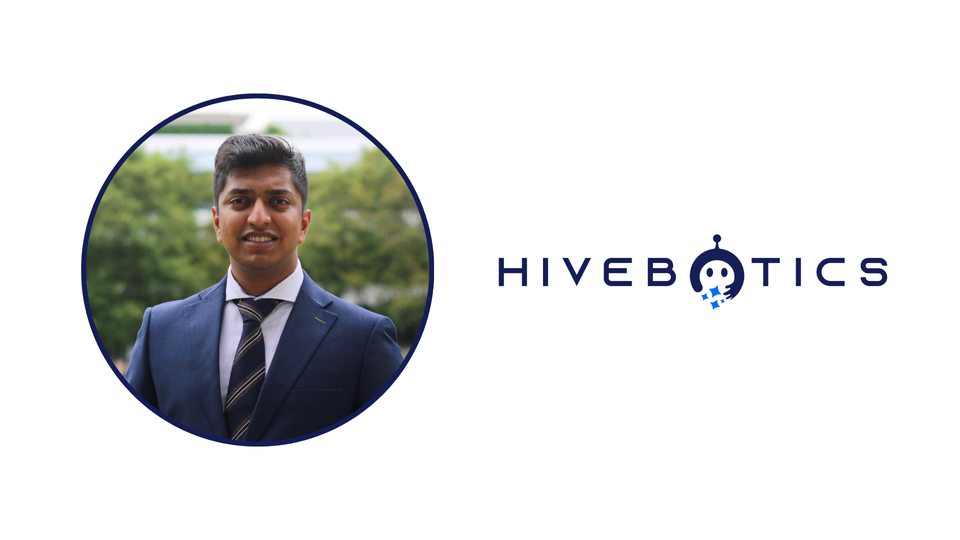
Hivebotics is a pioneering tech startup revolutionising the sanitation industry with AI-powered facilities management robots. Under the leadership of co-founder and CEO Rishab Patwari, the company is pushing the boundaries of innovation to deliver efficient and scalable solutions using the power of AI and robotics. In this edition of Thought Leaders in Tech, Rishab takes us through his personal journey, his approach on how to start a tech startup and the tech behind Hivebotics’ flagship "Abluo" toilet-cleaning robot.
The Story
Facing discrimination, acing Stanford and a lifelong passion for building
Singapore to Stanford
My name is Rishab Patwari, Co-Founder and CEO of Hivebotics, a robotics startup developing AI-powered facilities management robots for hygiene and sanitation. We combine robotics, AI, and engineering to address industry challenges.
Business runs in my family—my uncle built a multi-billion-dollar company in India without external funding, inspiring me. However, I chose tech, a new field for my family. During my army days, I met entrepreneurs in e-commerce and content creation, but I was drawn to startups with world-changing potential. I wanted to work on big, impactful ideas.
At the National University of Singapore (NUS), I focused on tech-related businesses for their global potential. An early internship at a toxic startup, marked by religious discrimination, strengthened my resolve to build a better company.
I joined the NUS Overseas Colleges (NOC) program in Silicon Valley, known for fostering serious entrepreneurs. The experience was transformative—I met inspiring professors, immersed myself in tech culture, and learned to view technology as a work of art to be perfected. At Stanford, I took a global entrepreneurial marketing class, where I met experienced individuals, including members of foreign royal families. Despite being the youngest, I topped the class and led my team, boosting my confidence and proving I could lead and innovate globally.
MedTech to Robotics
Back in Singapore, I co-founded a med-tech startup focused on elderly medication adherence, securing a VIP grant from NUS. I also developed a COVID-related attendance and temperature-tracking platform, which became an official tool. These ventures honed my skills, though they didn’t exactly take off.
My passion led me to robotics. Despite advice to pursue conventional paths, I focused on creating autonomous systems to address real-world gaps. The idea for Hivebotics came when an acquaintance mentioned challenges with toilet-cleaning staff scheduling and costs. After interviews, I confirmed the problem’s significance. With limited resources, I built a prototype using a robotic arm kit from Arduino and a toilet brush. Innovation, I learned, requires persistence and creativity, not perfect conditions.
This journey has been marked by doubt, rejection, and resilience, but each challenge has reinforced my commitment to building impactful solutions through Hivebotics.

The Tech
Leveraging the power of AI + Robotics
Our flagship product is our AI-powered autonomous cleaning robot, “Abluo” (meaning “to wash” in Latin). It comprises of a robot arm and a mobile base and integrates a high pressure, steaming, vacuuming and chemical wash system.
The robot has advanced AI capabilities to navigate autonomously to restrooms and scan the environment. It learns the layout of the restroom and plans how to clean each fixture using our patent pending Scan and Plan algorithms.
The 3 key pillars of technology in our system are:
- AI Scan and Plan Algorithm
- Computer Vision Cleaning Quality Validation
- Customized Hardware Design
What is Abluo?
Abluo is a cleaning robot built specifically for sanitation. It features:
- A robotic arm and a mobile base: The robotic arm cleans various fixtures, and the mobile base lets it move around autonomously.
- A versatile cleaning system: It uses high-pressure spraying, steaming, vacuuming, and chemical washes to ensure surfaces are cleaned thoroughly.
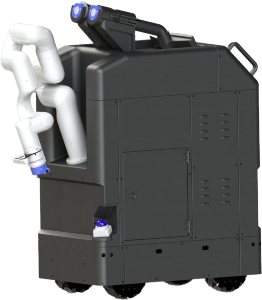
How Abluo Works
Abluo relies on advanced AI technology to clean restrooms. Its process can be broken down into three key steps:
Step 1: Scan and Plan
Abluo starts by scanning its surroundings and planning the best way to clean. This involves:
- Capturing a 3D “point cloud”: Abluo collects a detailed 3D representation of the restroom fixture in real-time. A 3D point cloud is essentially a set of data points in a 3D coordinate system, representing the entire external surface of an object.
- Identifying the fixture parts: Using its pre-trained database of toilet fixtures, Abluo recognises different parts of the scanned fixture (e.g., toilet seat, bowl, urinal, or lid).
- Planning the cleaning path: Abluo’s AI generates cleaning paths based on the scanned data. These paths are modular, meaning they can be adjusted or extended to handle different use cases.
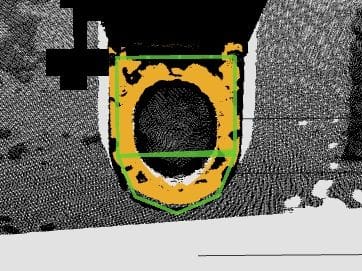
Step 2: Cleaning the Fixture
Once the plan is ready:
- Abluo autonomously moves to the fixture.
- It uses the appropriate cleaning tools (e.g., high-pressure spray, steamer, vacuum, or chemical wash) for each part of the fixture.
- The robot cleans systematically, ensuring all identified parts of the fixture are addressed.
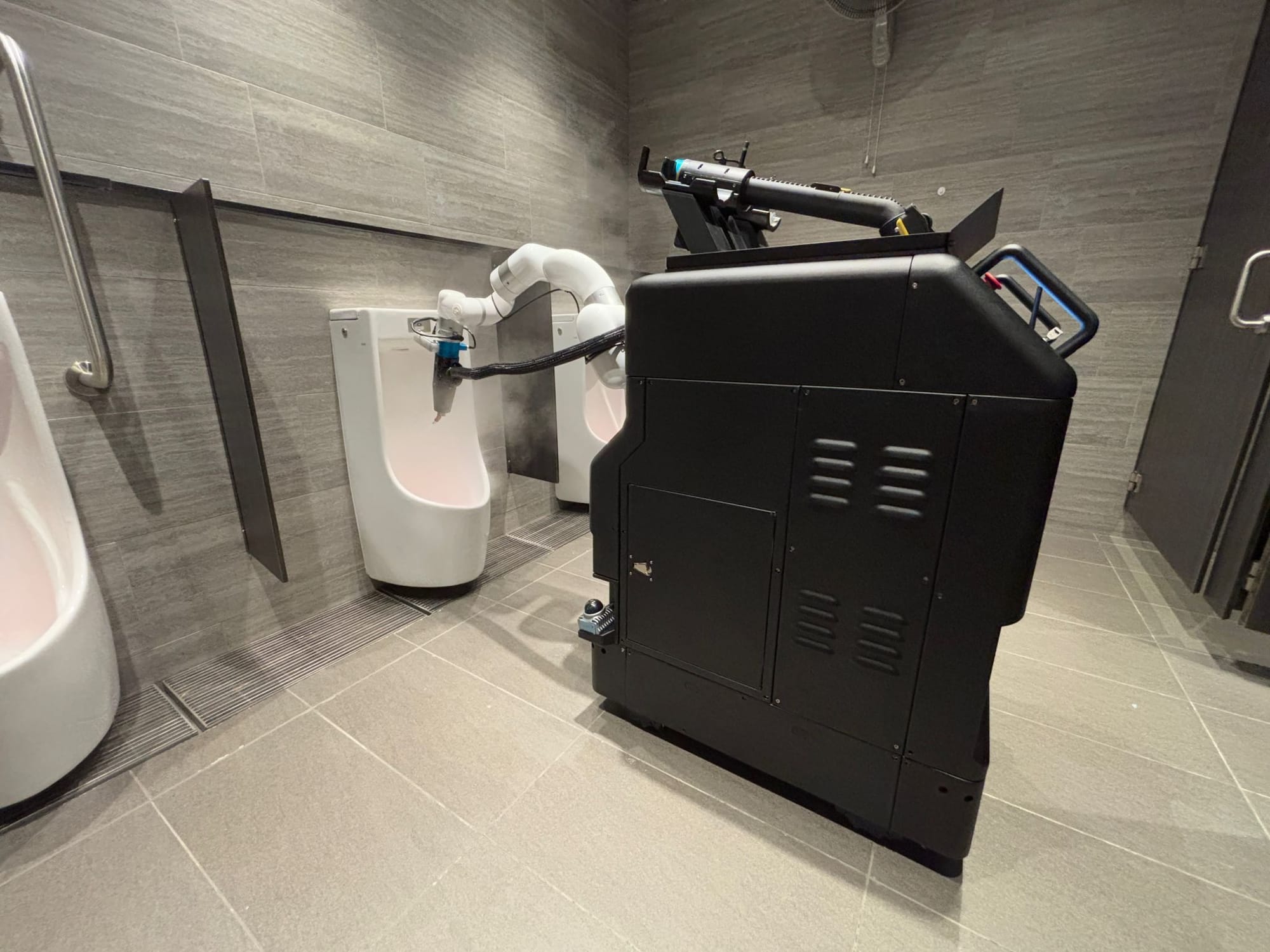
Step 3: Quality Validation
After cleaning:
- Abluo uses computer vision to assess the quality of its work.
- If it finds any spots that weren’t cleaned properly, it adjusts and cleans those areas again.
What Makes Abluo Unique?
Abluo’s AI Scan and Plan algorithm is its standout feature. It:
- Is modular and extendable: This means Abluo can easily adapt to new cleaning tasks. For example, it could clean walls, door handles, railings, or other surfaces accessible with its robotic arm. The system is designed to be trained and configured for new use cases quickly.
- Combines custom hardware and software seamlessly: Abluo’s customised design ensures its tools and AI work together for optimal performance.
The Startup
Scaling a robotics startup to over USD $800K in pre-orders and over $100M in letters of intent
Building a startup is a rollercoaster, and every founder’s journey is unique. Here’s a deep dive into my experience, lessons learned, and actionable insights across key stages:
Ideation and Validation
I started with the Problem-Market-Solution framework:
- Problem– What exactly are you solving?
- Observation– How you identify a problem to work on
- User Research– How you further understand that problem
- Market– Is there a large enough market for solving this problem?
- Size– How many people experience this same problem?
- Demand– How many of those people are willing to pay for the solution?
- Solution– Your answer to the problem
- Desirability– Whether people actually want your solution
- Feasibility– Whether building the solution is practical and realistic
- Viability– Whether your solution can generate revenue
Here's how I applied it to Hivebotics:
- Problem: I noticed inefficiencies in cleaning processes, especially in high-traffic areas like airports and malls. Through observation and interviews, I identified a specific pain point: the high cost and inefficiency of manual cleaning. In Singapore, labour costs were rising due to government policies, and cleaners were in short supply.
- Market: I interviewed over 100 potential customers to confirm the problem’s size and urgency. In markets like Singapore, labour shortages and rising wages made the problem even more acute. I asked questions like, “How much do you spend on cleaning annually?” and “What frustrates you about your current cleaning process?”
- Solution: I used The Mom Test to avoid biased feedback. Instead of asking, “Would you buy this?” I asked, “How do you currently handle this problem?” This revealed real pain points and helped shape the solution. For instance, one customer shared that their biggest issue was the time wasted on re-cleaning areas due to human error.
💡 Key Insight: Ideation and validation isn’t about building what you want—it’s about uncovering what your customers need.
Building and Product Development
- Proof-of-Concept (POC): Early on, I didn’t have the resources to build a full robot. Instead, I created a video showcasing the concept. With just $600, I marketed this video to potential customers and secured initial interest. For example, I showed the video to a major airport operator, who expressed interest in testing the product.
- MVP: We built a rough prototype using off-the-shelf components (e.g., a $100 steamer). It wasn’t perfect, but it demonstrated the core functionality. This helped us secure pre-seed funding. For instance, we used the prototype to clean a small section of a mall, which proved the concept’s feasibility.
- Iteration: We collected letters of intent (LOIs) from potential customers and used their feedback to refine the product. For example, early feedback highlighted stability issues, which we prioritized in the next iteration. We also integrated an industrial-grade steaming system to improve performance.
💡 Key Insight: Don’t wait for perfection. Ship something functional, gather feedback, and iterate.

Business Model and Monetisation
I quickly learned that business models must adapt to regional markets:
- Middle East: Labor is cheap, but robots are seen as a status symbol. We focused on selling robots outright for showcase value. For example, a hotel in Dubai purchased our robots to demonstrate their commitment to innovation, even though the robots weren’t cost-effective compared to manual labor.
- Singapore: Rising labor costs and shortages made robots a necessity, but customers were price-sensitive. We used Singapore as a testbed to refine our product and pricing. For instance, we worked with a local mall to test the robot’s efficiency and gather data on cost savings.
- Europe: High labor costs and capital availability made our robots a no-brainer. For example, in Switzerland, the annual cost of hiring cleaners (including taxes) was €85,000, making a $100,000 robot a cost-effective solution.
💡 Key Insight: Tailor your business model to the market. What works in one region may not work in another.
Marketing and Sales
- Relationships: In B2B sales, trust is everything. I traveled extensively to meet potential customers face-to-face. For example, I built a partnership with a distributor in Dubai over dinners and shared visions. This led to a pilot project at a major airport.
- Leveraging Networks: Many of my early clients came through warm introductions. For instance, a mutual connection introduced me to a procurement manager at a major airport, which led to a pilot project.
- SEO & Social Media: LinkedIn became a powerful tool for visibility. I posted regular updates about our progress, which were amplified by partners and accelerators. I also used Youtube videos of our robot to attract interest from investors.
💡 Key Insight: Sales is about solving problems, not pushing products. Build relationships, not transactions.
Fundraising and Growth
- Understanding the Ecosystem: In Singapore, the VC ecosystem is risk-averse and focused on government priorities (e.g., med tech, aerospace). I bootstrapped initially with family funding ($100,000) and focused on proving unit economics.
- Grants: While Singapore offers grants, the process is bureaucratic and biased toward established players. I used early sales to prove viability before approaching investors.
- Pitch Deck: Our deck focused on traction (e.g., LOIs, pilot projects) and market opportunity (Link to our pitch deck)
💡 Key Insight: Fundraising is easier when you’ve validated your idea and secured early commitments.
Team-Building and Leadership
- Co-Founders: I was selective. My co-founder and I worked together on a school project, which revealed his commitment and operational expertise. His family’s manufacturing background also provided valuable connections.
- Hiring: I used test projects to assess candidates. For example, engineers had to complete a week-long project to demonstrate their skills and motivation.
- Accountability: We held regular “parking sessions” to review progress and address challenges. This ensured alignment and accountability.
💡 Key Insight: A strong team is built on shared vision, trust, and accountability.

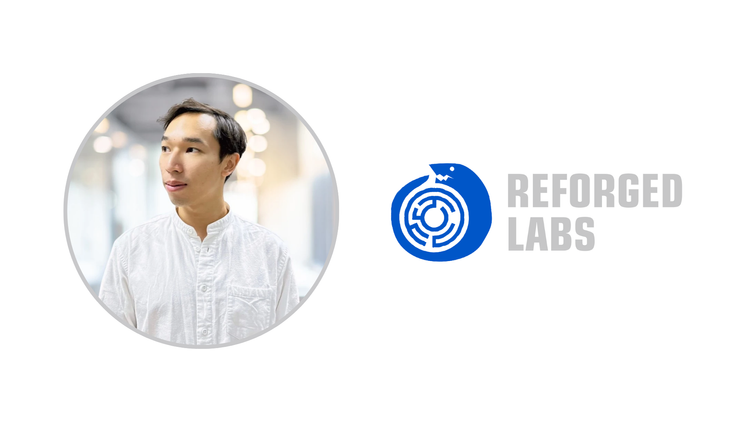



Member discussion